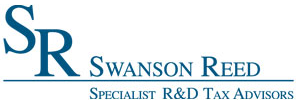Delaware R&D Tax Credit Filing Instructions
To claim the Research and Development (R&D) tax credit in Delaware, eligible taxpayers must apply to the Division of Revenue. This is done by submitting Form 2070AC, Application and Computation Schedule for Claiming Delaware Research and Development Tax Credits. This form must be filed by September 15th after the end of the taxable year in which the R&D expenses were incurred. It’s crucial to attach a copy of the federal research credit Form 6765 to this application, as Delaware’s credit calculation is often tied to the federal R&D credit. Once the credit is approved by the Delaware Division of Revenue, the amount from Form 2070AC must be transferred to the relevant line on Delaware Form 700, Delaware Income Tax Credit Schedule, and both forms should be attached to the taxpayer’s annual Delaware corporation income tax return.
Delaware Patent of the Year – 2024/2025
Valcare Medical Inc. has been awarded the 2024/2025 Patent of the Year for their groundbreaking innovation in heart valve repair. Their invention, detailed in U.S. Patent No. 12115069, titled ‘Percutaneous annuloplasty system with anterior-posterior adjustment’, introduces a minimally invasive approach to treating heart valve defects.
The patented system enables heart surgeons to repair damaged mitral or tricuspid valves without the need for open-heart surgery. Utilizing a percutaneous (through the skin) method, the device delivers an annuloplasty ring via catheter, reducing patient risk and recovery time. The ring features an expandable design that adjusts the anterior-posterior diameter of the valve annulus, improving leaflet coaptation and reducing regurgitation.
What sets this technology apart is its precision. The internal anchor mechanism allows for selective deployment through windows in the ring, ensuring secure fixation to the heart tissue. This adjustability ensures optimal fit and function, addressing individual patient anatomy.
Valcare Medical’s innovation marks a significant advancement in cardiac care, offering a safer, more efficient alternative to traditional surgical methods. As the medical field moves towards less invasive solutions, this technology stands at the forefront, promising improved outcomes for patients worldwide.
Study Case
ViewLine Productions (ViewLine) is an American, full-service media company specializing in film production and interactive media integration. As part of the film and media industry, ViewLine Productions is constantly focusing on new product development to remain competitive in the field. It is regularly conducting R&D activities to come up with new technologies to produce the highest quality media products.
To keep up with client demand and the competitive nature of the industry, ViewLine Productions began to reinvent their equipment to produce highly innovative products, special effects and alternative delivery channels.
ViewLine Productions had never claimed the R&D tax credit before, and was unaware that it was performing qualified research and development. To be eligible for the credit, ViewLine had to satisfy four main criteria, known as the 4-Part Test. After consulting a specialist, ViewLine realized it was eligible for the R&D Tax Credit.
The R&D tax credit specialist helped ViewLine determine its qualifying R&D activities, many of which were part of the company’s daily operations. ViewLine’s qualified research expenses (QRE) included:
- Development of new or improved products to meet changing consumer preferences;
- Development of visual effects and animation;
- Development of new media asset management systems;
- New software technologies for computer gaming;
- Improving web-based systems and interactive media.
ViewLine claimed the federal R&D tax credit and was granted more than $150,000 in credits. A sustainable methodology was also established to help the company identify, document and substantiate eligible R&D projects and costs on an ongoing basis.
Qualified research consists of research for the intent of developing new or improved business components. A business component is defined as any product, process, technique, invention, formula, or computer software that the taxpayer intends to hold for sale, lease, license, or actual use in the taxpayer’s trade or business.
The Four-Part Test
Activities that are eligible for the R&D Credit are described in the “Four-Part Test” which must be met for the activity to qualify as R&D.
- Permitted Purpose: The purpose of the activity or project must be to create new (or improve existing) functionality, performance, reliability, or quality of a business component.
- Elimination of Uncertainty: The taxpayer must intend to discover information that would eliminate uncertainty concerning the development or improvement of the business component. Uncertainty exists if the information available to the taxpayer does not establish the capability of development or improvement, method of development or improvement, or the appropriateness of the business component’s design.
- Process of Experimentation: The taxpayer must undergo a systematic process designed to evaluate one or more alternatives to achieve a result where the capability or the method of achieving that result, or the appropriate design of that result, is uncertain at the beginning of the taxpayer’s research activities.
- Technological in Nature: The process of experimentation used to discover information must fundamentally rely on principles of hard science such as physical or biological sciences, chemistry, engineering or computer science.
What records and specific documentation did ViewLine Productions keep?
Similar to any tax credit or deduction, ViewLine Productions had to save business records that outlined what it did in its R&D activities, including experimental activities and documents to prove that the work took place in a systematic manner. ViewLine Productions saved the following documentation as evidence:
- Project records/ lab notes
- Conceptual sketches
- Design drawings
- Photographs/ videos of various stages of build/ assembly/ testing
- Prototypes
- Testing protocols
- Results or records of analysis from testing/ trial runs
- Tax invoices
- Patent number
By having these records on file, ViewLine confirmed that it was ‘compliance ready’ — meaning if it was audited by the IRS, it could present documentation that illustrated the progression of its R&D activity, therefore proving its R&D eligibility.
Click here to view the PDF version of this case study.
A company in Dover, Delaware with fewer than 50 employees had never before claimed the R&D Tax Credit. This project involved a multi-year study covering the tax years 2024– 2026. The Company qualified for the federal R&D Tax Credit of $271,832 and an additional $114,562 of state R&D Tax Credit in Delaware.
| FEDERAL | DELAWARE | |||||
| Year | Total QREs | Credit | Total QREs | Credit | ||
| 2026 | $1.200.000,00 | $127.166,00 | $1.000.000,00 | $52.986,00 | ||
| 2025 | $850.000,00 | $92.166,00 | $700.000,00 | $37.951,00 | ||
| 2024 | $500.000,00 | $52.500,00 | $450.000,00 | $23.625,00 | ||
| Total | $2.550.000,00 | $271.832,00 | $2.150.000,00 | $114.562,00 | ||
Choose your state


















 […]
[…] […]
[…]
